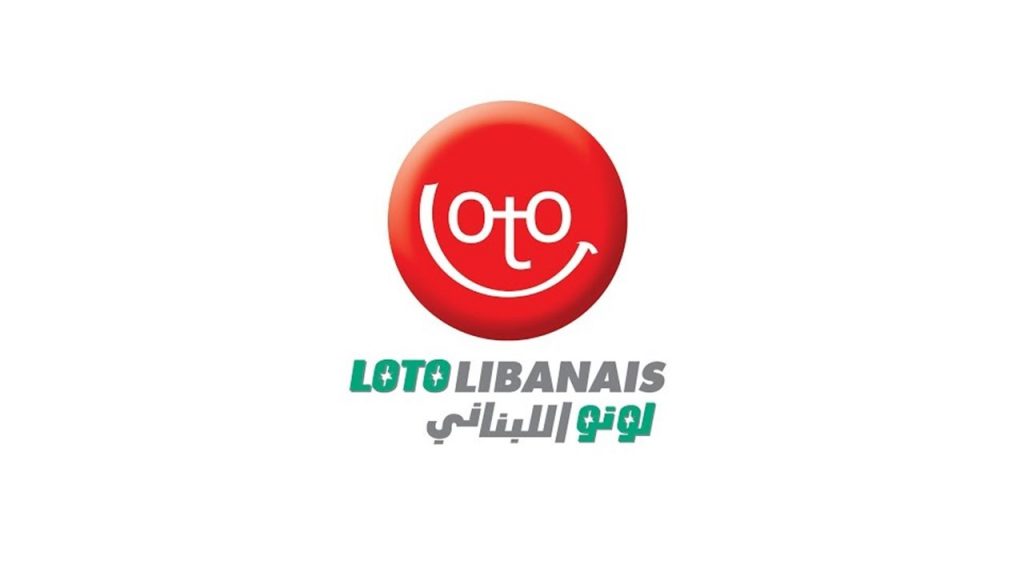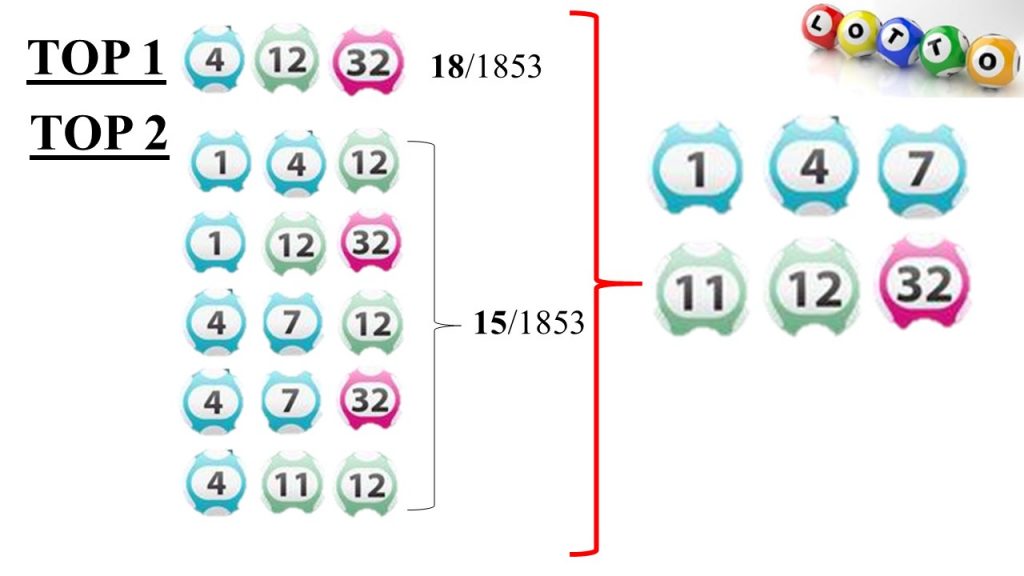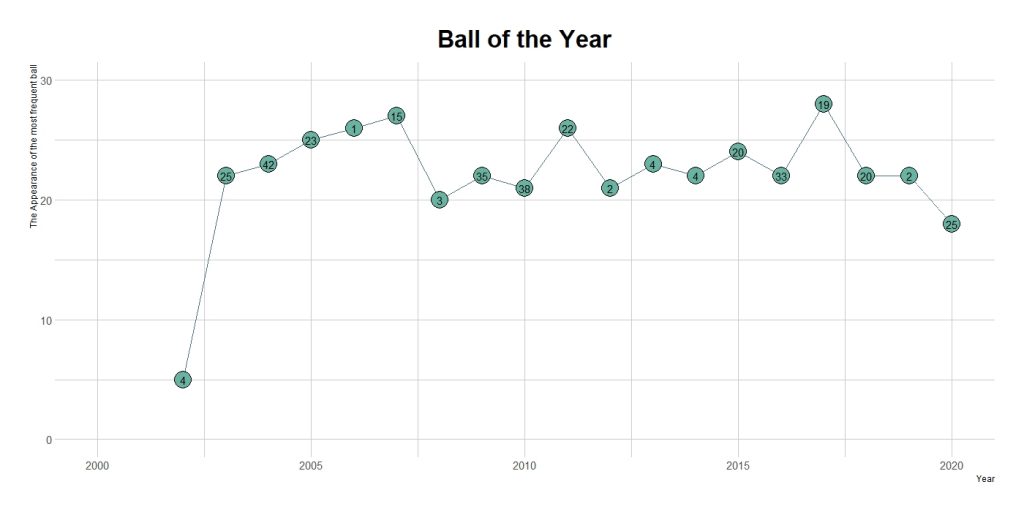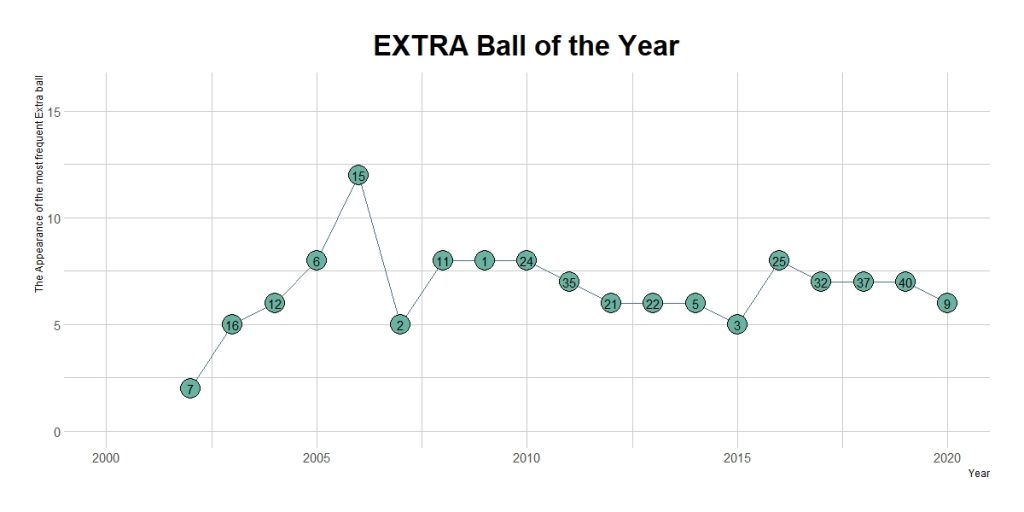“Well you can’t win the lottery if you don’t have a ticket” ANDY GRAY

Introduction
“If I won the lottery, the first thing I would do is…”, “If not Monday…Thursday”. Those are some Lebanese Loto sayings that we always hear.
Loto is the most popular game in the world. It is a game based on luck under the supervision of the National Lebanese Lottery. It consists of 42 balls. Six numbers out of these 42 balls will be drawn plus an additional number. If you hit the six balls, you will win the first prize. There are two draws per week: one on Monday and another one on Thursday; both broadcasted live on LBC International at 7:30 p.m. Nowadays, Loto stands as Lebanon’s number 1 lottery game.

The game started in 2002. More than 1800 draws were performed and the game is still on! You can play Loto by buying a traditional ticket from stores all over Lebanon, by playing online through the website, via SMS, or via the mobile application. The Loto ticket can be bought for only two thousand Lebanese pounds. This “symbolic” amount could be the reason for winning the grand prize whose value sometimes may reach more than three billion Lebanese pounds. During the financial and economic crisis that we are facing, cash money will be given to the winners.
So the question is: How to win this game?
If we take into consideration all the possible combinations of six numbers out of 42 balls, we will get more than 5 million combinations. If we want to purchase all the tickets with all the possible combinations and considering that one ticket is for two thousand Lebanese pounds, then we need around 10 billion Lebanese pounds for a prize that does not exceed 3 million pounds given that we are the only winners.
Therefore, this study aims to find out if this game is fair and if there is a way to help us choose the appropriate balls in order to become a billionaire. The study is done using R studio and data was imported from Kaggle, but the database was up to 12/3/2020. The data was continued manually till the end of October 2020 using “La Libanaise des Jeux” Website.
1- What is the appearance rate of these balls?
If we consider that we have 42 balls, then the probability of each ball showing up is 1/42, which equals 0.023. This bar chart represents the real percentage of distribution of these 42 balls from the first draw in 2002 until the last one on October 2020. We can see clearly that the probability of a number is slightly varying around 0.023.

Balls 5, 7, 16, 26, 27, 31, 36, 37 and 41 are the least common balls appearing (less than 250 times during 1853 draws), while the 4, 12, 14 and 28 balls are the most prominent (about 300 times). Therefore, we can say that the balls’ distribution percentage is fair among all numbers with hardly any difference.
2- What are the two most likely balls to appear together?
If we go deeper into our study and analyze the probability of two balls appearing together at the same draw, we can notice through this heat map that there are quite a few balls that match this concept. This fact is represented by the yellow boxes in the heat map below. For example, balls 4 and 12 are the two most likely balls to appear together.

3- What are the three most common balls that appear together?
If we divide the 42 balls into groups of three in such a way that we take into consideration all the possible combinations, we observe 11480 possibilities. From which, we can see that 4% of those combinations have not yet appeared, about 85% were rarely drawn i.e. less than 5 times during the 1853 draws and 11% appeared more than five times during all these years.

Thus, we cannot well rely on this principle. In fact, the three most frequent balls showing up together are 4, 12 and 32 occurring 18 times together during all these years. In the second place, there is a tie between five groups, appearing fifteen times each during all these years. If we observe well, we spot that the numbers in the first and second place are only six numbers but in different combinations: balls 1, 4, 7, 11, 12 and 32.

4- Odd or even digit numbers?
A question that arises is the distribution of the drawn balls between even and odd numbers. The answer is presented in this donut chart showing us that there is a very little chance to have six numbers from the same parity or to have five even and one odd ball and vice versa but the most likely is to have an equal distribution i.e. three odd and three even numbers or to have four balls from one type and two balls from the other type. So we should keep in mind this idea and diversify the numbers before choosing our Loto ticket.

5- What is the most frequent ball of each year?
As presented in the graph below, we can note the presence of one number surpassing the rest of the balls and appearing between 20-30 times per year. For instance, number 4 was the most frequent ball for three years, while numbers 2, 20 and 25 were the most repeated balls, separately, for two years. As for the remaining numbers in this graph, the balls were the most common only for one year.

6- What about the additional ball?
The additional ball allows us to win the second prize if the player’s ticket matches five numbers and the additional number. We notice that the most frequent additional ball during all these years is number 25, while ball number 8 is the least frequent.

We can also notice that each year has its unique additional ball number in terms of appearance and no repetitions have been spotted so far.

Conclusion
In conclusion, Loto has turned the dreams of thousands of Lebanese citizens into a great reality throughout the years. And now, Loto stands as Lebanon’s number 1 lottery game with players from all regions testing their luck twice a week, hoping to get their numbers right every time. In order to achieve that, we must always remember to diversify the numbers between odd and even before choosing our six numbers.We can also have a quick look at the recent draws to see what the most common numbers are. Taking these hints into consideration can help us play Loto smart by choosing our numbers based on their appearance rate and their probability to appear with other numbers. Finally, we can say that Loto is a fair game and the study of its numbers is logical and has no bias. For all the reasons mentioned above, let’s keep our fingers crossed and rely on God and on our luck. This chance game can completely change the course of your life.

Hello everybody, here every person is sharing these knowledge, so it’s nice to read this website,
and I used to pay a quick visit this webpage all the time.